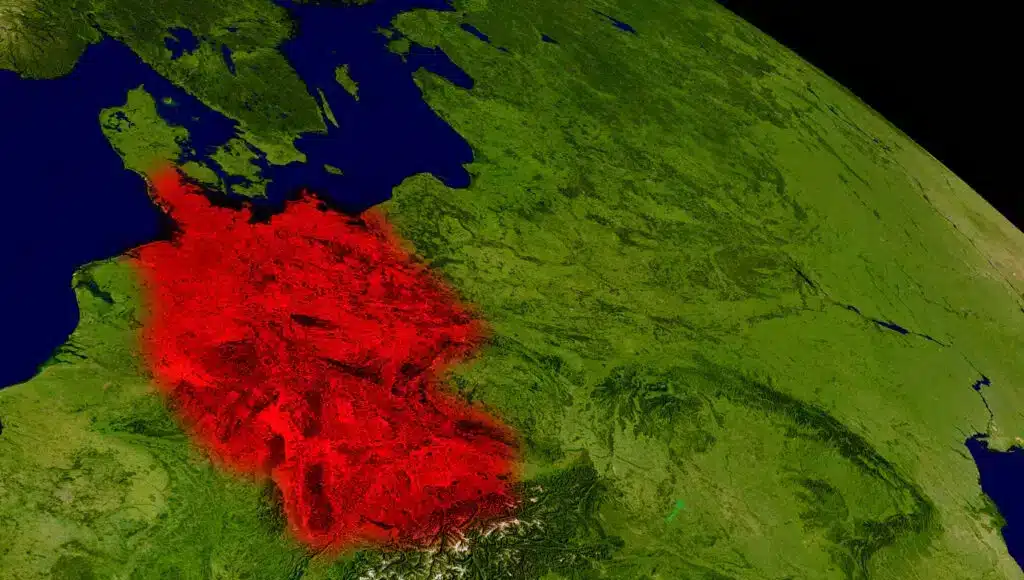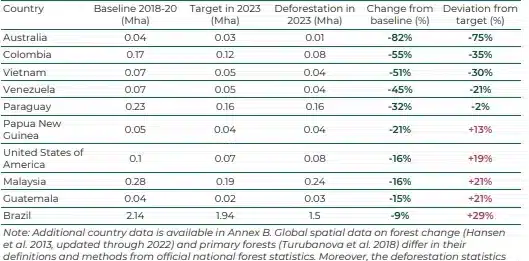A global pledge – which will see more than 100 governments conserve and restore 30% of the world’s land, water, and ecosystems – will dominate COP16 discussions starting today in Cali, Columbia.
Signed off as part of COP15 in Montreal, Canada, “30 by 30” ensures “that 30% of the earth’s land and sea is protected through the establishment of protected areas (PAs) and other conservation measures (OECMs).”
According to the World Resources Institute – a global non-profit organisation focused on seven areas: food, forests, water, energy, cities, climate and ocean – the new round of meetings provides the first opportunity to hold global governments accountable to these targets.
“COP is a test of how serious countries are about upholding their international commitments to stop the rapid loss of diversity,” said Crystal Davis, WRI’s Global Director of Food, Land and Water. “We have no shot at doing this without richer countries providing more financial support to development countries – which contain most of the world’s biodiversity.”
“The central measure of success will be whether countries are turning their commitments to conserve and restore at least 30% of the world’s land and water into national targets, backed by actionable national plans.”
Ms Davis said developing countries need far more finance:
“A major test at COP16 will be whether wealthier developed countries step up their financial pledges to meet their promise of providing $20 billion per year for developing countries by 2025. More private sector finance will also be essential — but it cannot substitute for international public finance or reforms to harmful agriculture subsidies.”

COP16 comes just weeks after a new report backed by the Bezos Earth Fund claimed that more than 6.4 million hectares of forest were lost to deforestation last year, a rate much higher than three years ago when 140 countries vowed to end deforestation by the end of the decade.
According to the 2024 Forest Declaration Assessment, the rate of forest degradation worldwide is immense: “Globally, an area twice the size of Germany fell from a higher to a lower ecological integrity class in 2022.”

The report claims that deforestation rates were 50% higher than required to achieve zero deforestation (by 2030), with Australia (which leads the world for reforestation), Colombia, Vietnam, Venezuela, and Paraguay among the few on track to meet zero deforestation commitments.
How will global governments manage the 30 by 30 puzzle?
In March, Wood Central exclusively revealed that Australia—the world’s sixth-largest landmass, with the seventh-largest reported forest area worldwide—must find another 8% of “protected forest” to meet its 30 by 30 commitment.
It comes as the world’s largest environmental group, the WWF, along with the Nature Conservancy, the Australian Land Conservation Alliance, and Pew Charitable Trust, are pushing for commitments to accelerate the end of commercial native forest harvesting Australia-wide – considered a “low-hanging” option for growing protected lands without targeting private landowners.
“The foreshadowed review of the National Forest Policy Statement (NFPS) presents an opportunity to consider incorporating 30 by 30 commitments and other recent biodiversity conservation policies and commitments,” the trio said, adding that “the Victorian and Western Australian (NSW and Queensland) governments’ decisions will assist in meeting these targets.”
Last month, the Australian Government published its 30 by 30 roadmap—a new plan approved by the Federal Government as well as the NSW, Victorian, Queensland, Western Australian, South Australia, Tasmania, and ACT governments. Referencing the shutdown of Victoria’s native forestry as one of 24 different areas where Australia can reach its target for protected and conserved areas, the roadmap is a key part of Australia’s Nature Positive Laws under development.
- To download Australia’s 30 by 30 roadmap, click here.






